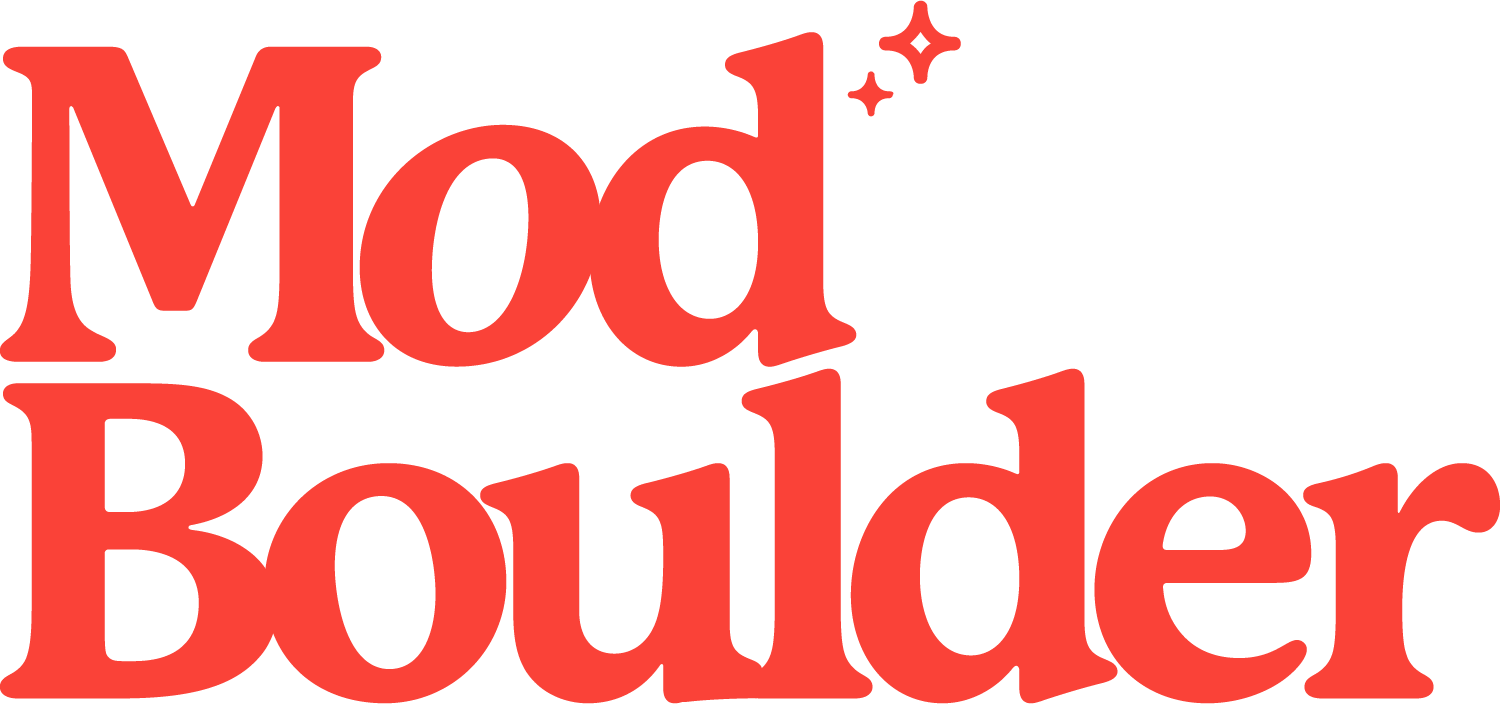Looking Back: A Decade of Boulder Real Estate
Ten years ago, America's real estate market, battered and bruised, was limping along after the sharp economic downturn of 2008. Boulder's real estate market saw only a slight dip of about five percent during the downturn, and things quickly skyrocketed afterward, with big year-over-year gains.
Now, with 2020’s arrival, will the trend continue into the next decade? With my crystal ball in the shop for a tuneup, I really can't say for sure—but I would never bet against Boulder's real estate market. Here are some fun highlights that showcase Boulder’s real estate trends of the last decade.
Onward and Upward
Boulder’s average annual appreciation for the 2010s was 7.7 percent. In 2014, we saw the highest gains with 16 percent, while 2018 increased by just 3.2 percent. This onward-and-upward trend shows Boulder’s continued popularity and attractiveness to potential buyers.
Mapleton: Boulder’s Crown Jewel
Based on sale price, more than a third of Boulder’s top sales were in the Mapleton Hill Historic District. While new construction in Boulder leans heavily on modern design, there’s still a strong desire for the charm and allure of Mapleton’s wide streets, stately trees and gracious Victorian architecture.
Where the Buffalo Roam
Even with Boulder’s ADU (accessory dwelling unit) regulations slowly relaxing and tiny homes being all the rage, homes offering more elbow room are still slightly preferred. Of all Boulder homes sold, 54 percent were single-family houses and 46 percent were attached dwellings.
Martin Acres Comes of Age
In 2010, the median sales price for a home in Boulder’s Martin Acres neighborhood was $295,000. In 2019, the median sales price was $672,000—that’s a whopping 128 percent increase in less than a decade. Who would’ve ever guessed that the little suburban neighborhood of postwar ranches would grow into one of Boulder’s more sought after areas?
Initially designed to accompany Boulder’s first tech wave (think NCAR and NIST), over time, Martin Acres shifted into a college rental hotbed, earning the nickname “Martian Acres”. Eventually, Martin Acres became an affordable solution for the price-conscious owner, and as more and more buyers discovered the neighborhood, “Martian Acres” took on a new meaning with prices skyrocketing into the stratosphere.
It’s no secret that Boulder real estate has all the proven earmarks of a sustainable market and a strong investment. While it benefits from its proximity to the big-city offerings of Denver, the real draw is the city of Boulder itself. With a booming economy, access to the mountains, unbeatable scenery and a thriving culture all its own, Boulder will likely remain one of the hottest real estate markets into the ‘20s and beyond.

